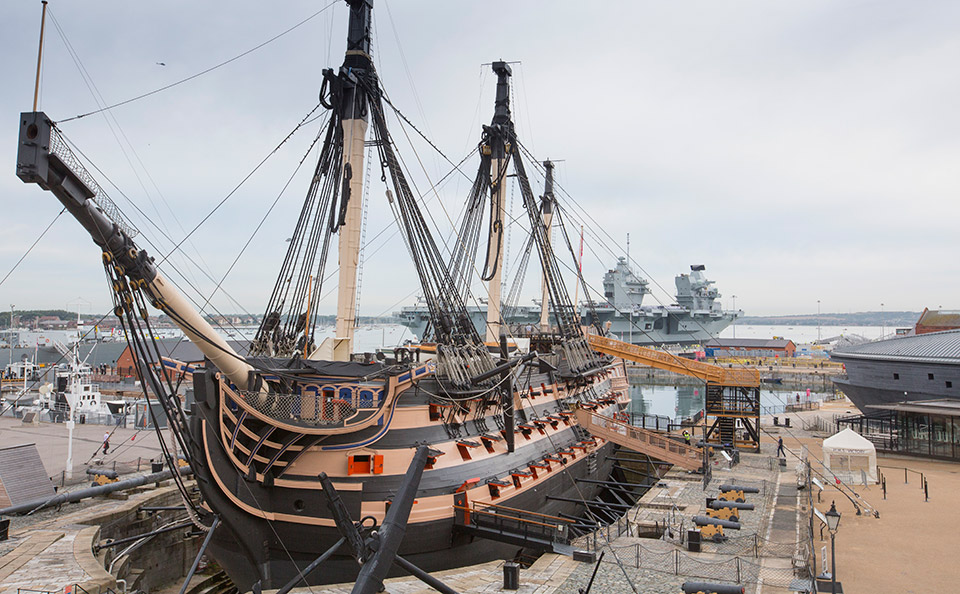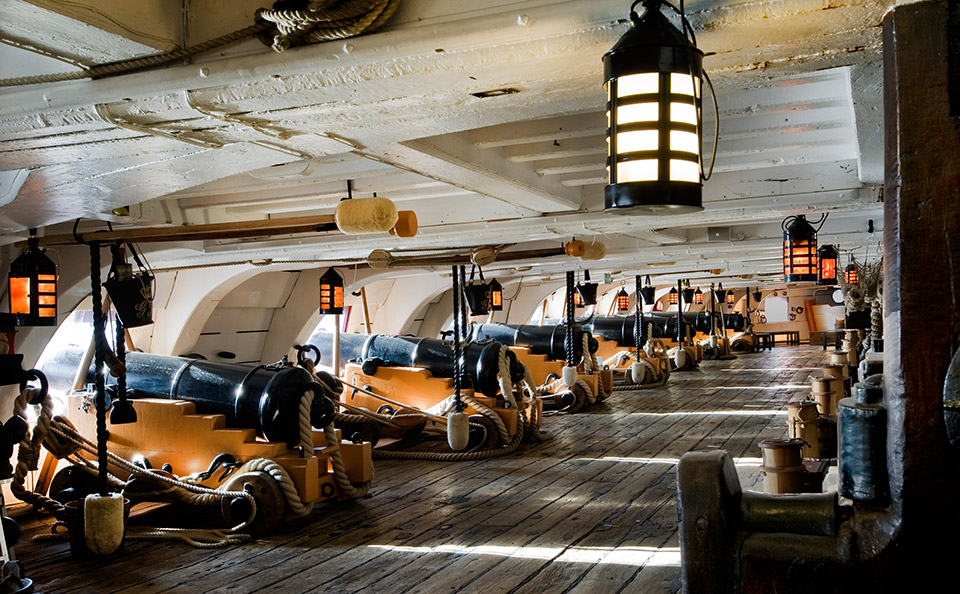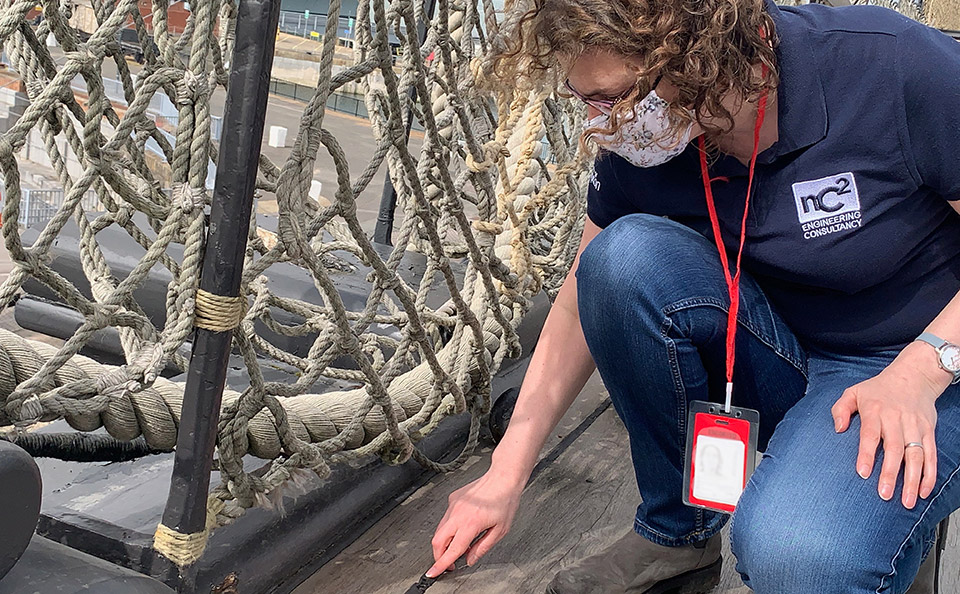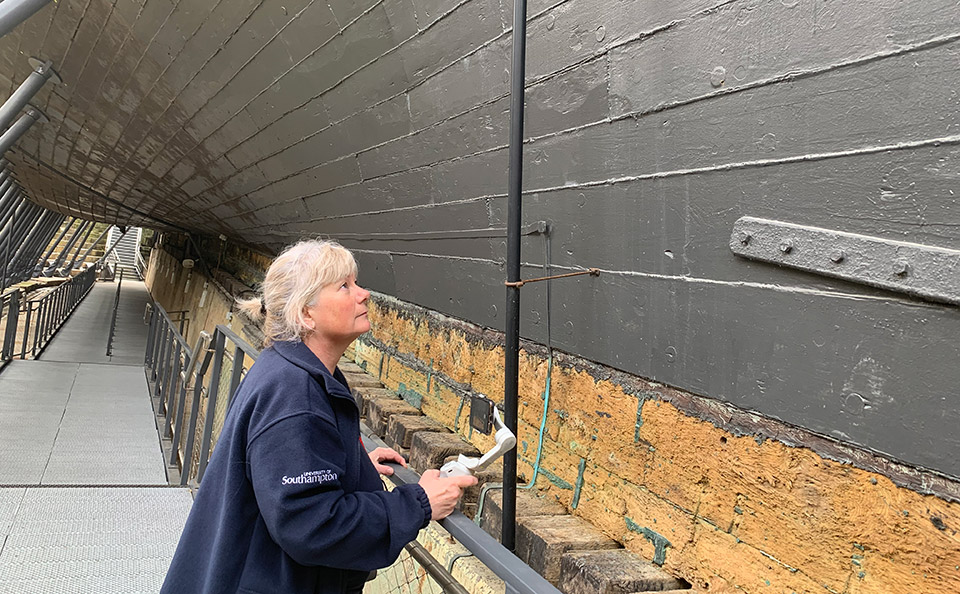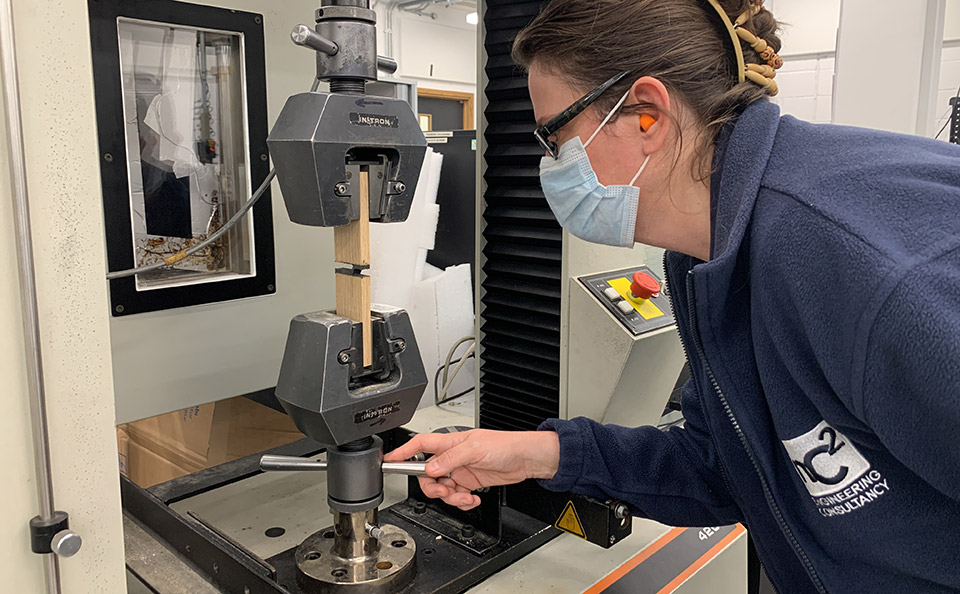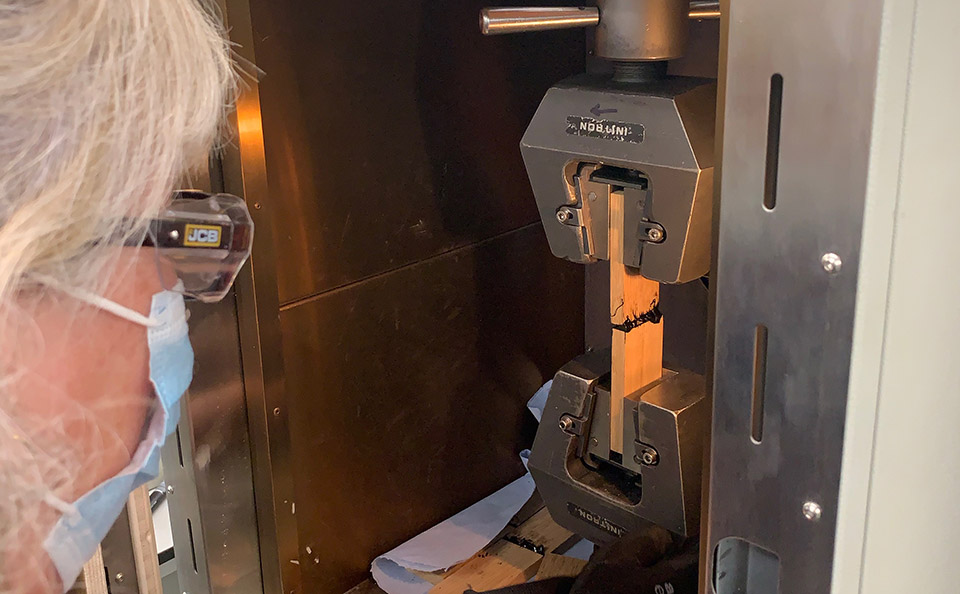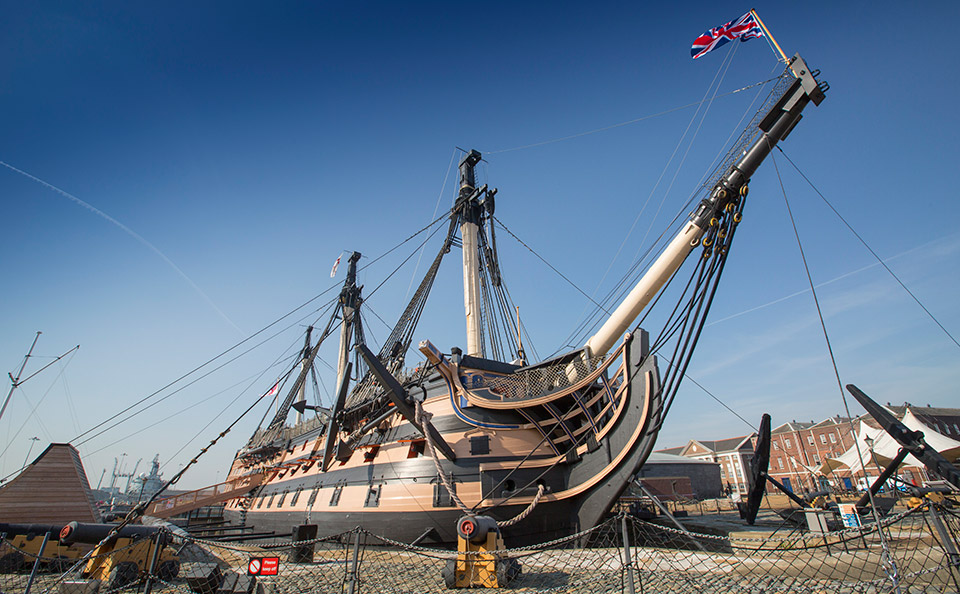Materials testing helps conserve icon of British maritime history
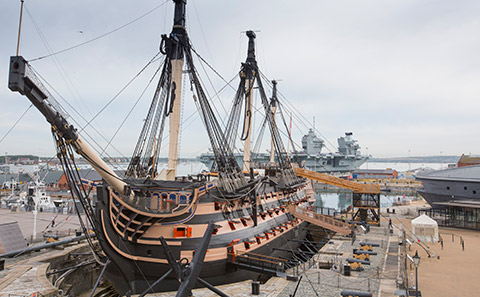
Engineers at the University of Southampton are working with the National Museum of the Royal Navy (NMRN) to help find the best materials to ensure Nelson’s flagship, HMS Victory, is weatherproof and watertight for the next half century.
The University’s nC2 engineering consultancy has specially designed and is running a series of tests to assess the long-term performance of a range of paints, caulking and glues (plank sealants) and metal fastenings. The research forms part of a NMRN project to conserve the 18th Century warship for the next 50 years – replacing rotting planks from the hull, repairing the structural framework and renewing the rigging.
Diana Davis, NMRN Head of Conservation explains: “Rainwater is probably our biggest enemy in terms of the ship’s preservation, so we are undertaking a 10-year programme of work to make sure the critical envelope of the ship is weatherproof.”
She adds: “We want to know as much as possible about the materials we are using – taking an evidence-based approach to choose the right products. nC2 is helping us to do that and even if there’s no perfect product that will last the full 50 years, their data will enable us to plan our maintenance schedule to keep the ship watertight.”
nC2 Director, Dr Nicola Symonds, says: “Situated in the open air, near the sea and in Portsmouth dockyard, HMS Victory is greatly affected by rain, wind and salt. Much of the planking is painted black, so gets hot in the sun on one side, but not the other – and this temperature difference takes its toll over time. We have designed our tests to recreate the wear and tear of the ship’s specific environment, using our specialist labs to simulate weathering over decades.”
To do this, the team is carrying out a range of tests on specially prepared samples. These are repeated using different combinations of products, and on samples that have been treated to simulate the effects of wear, rain, sunlight and time. For example, paint is tested for adherence to the wood, flexibility and water resistance, using freshly painted samples. The same tests are then undertaken on samples that have been ‘aged’ using UV and salt spray, and samples that have been cooled or heated to specific temperatures.
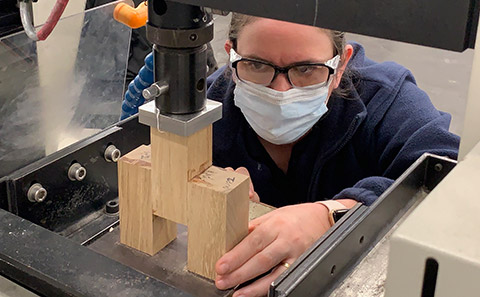
“Each test produces metrics that are used to provide comparisons and ultimately enable the different products to be ranked,” Dr Symonds explains. “In themselves, the tests are relatively simple, but when you take into account that we’re using hundreds of samples and multiple combinations, it’s a complex task.”
The first phase of the project is now underway. Using hundreds of oak samples prepared by NMRN’s shipwrights, nC2 is assessing the performance of nine different types of caulking and glue and five paint systems. A future phase will examine metal plank fastenings to see how they interact with the wood, paint and caulking and examine any corrosion.
This year, the National Museum of the Royal Navy will begin the next phase of major conservation works to Victory, intended to ensure the ship is protected for the next half century. Rotting planking will be removed from the hull and replaced with new oak, repairs made to the ship’s structural framework, and she will be fully re-rigged, in a process lasting ten to fifteen years and costing £35million. The project will provide visitors with a once-in-a-generation opportunity to see beneath Victory’s skin and experience a First-Rate Line-of-Battle ship being taken through a Great Repair.
